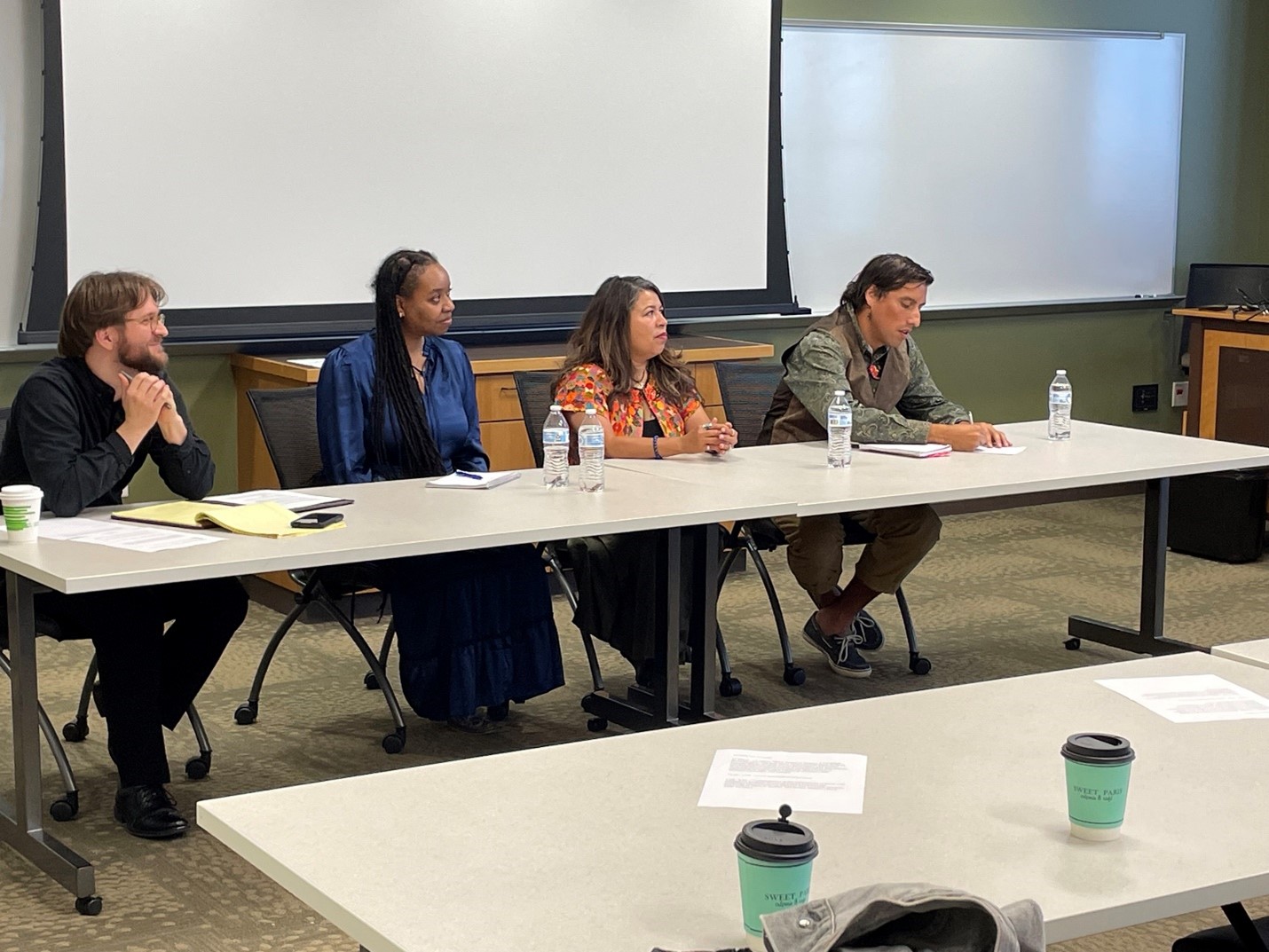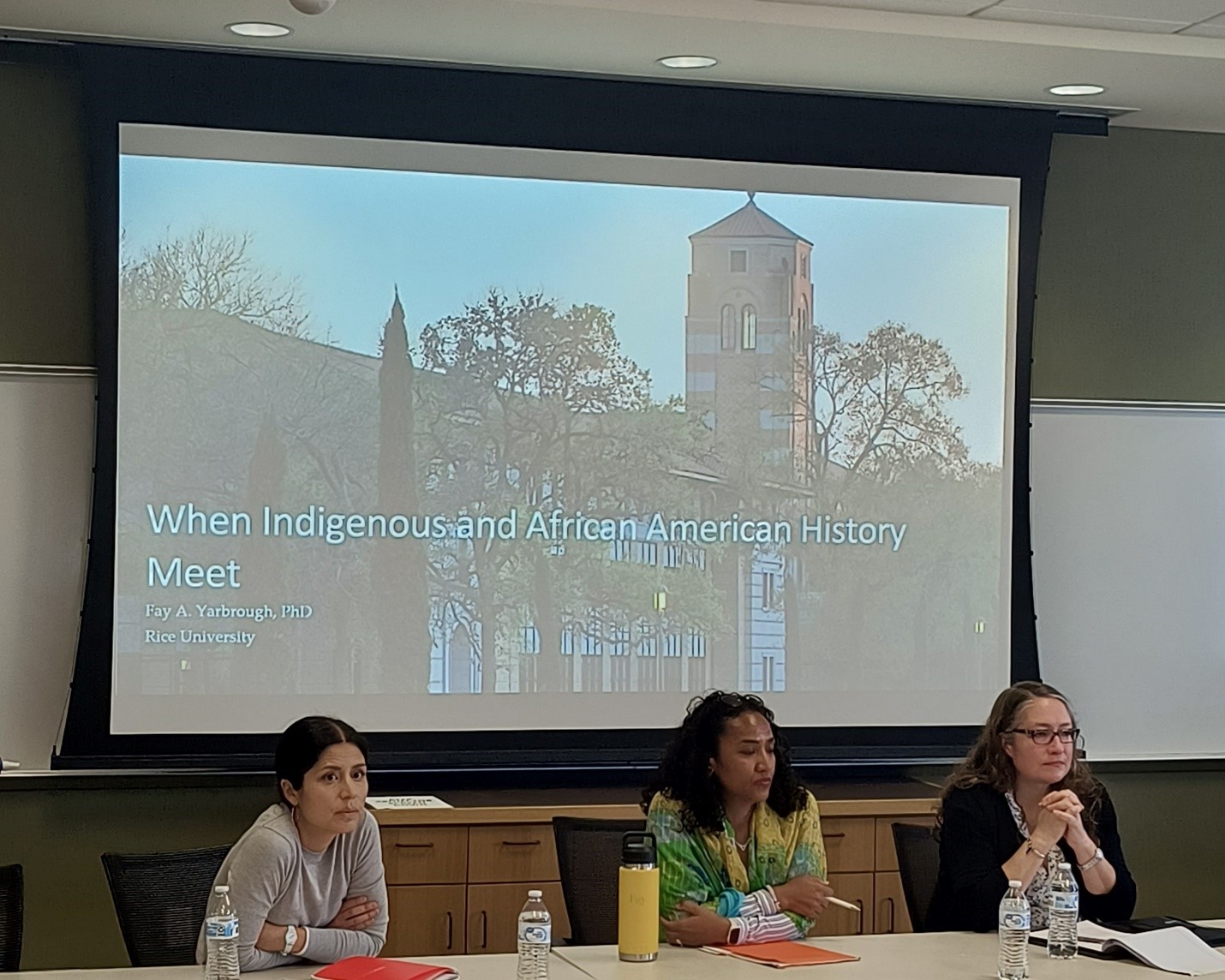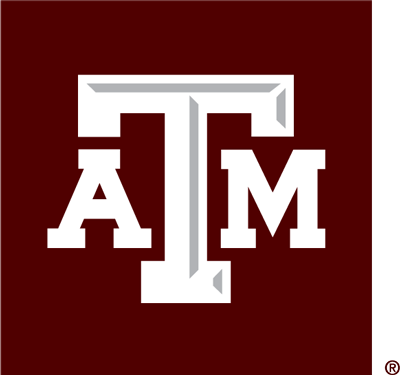On February 18, 2025, the Indigenous Studies Working Group hosted a half-day symposium, “Conversations at the Intersection of Black and Indigenous Studies.” With gracious co-sponsorship from several units at TAMU, the event brought together members of the Black Seminole community, historians, and literary scholars for a rich dialogue exploring issues of diaspora, culture, language, and the histories, albeit at times uncomfortable, that continue to link Black and Indigenous people together.
In the morning panel, Mark Mallory (Ph.D. student, Department of History, ISWG co-convenor) facilitated questions for Windy Goodloe, Corina Harrington, and Gabriel Sanchez, all of the Seminole Indian Scouts Cemetery Association in Brackettville, Texas. Exploring issues of the Black Seminole diaspora, which stretches from Florida to the Mexican state of Coahuila, the three panelists revealed how food, song, and stories still bind Black Seminoles together across their vast diaspora. They also talked about their museum and archival records in Brackettville, language revitalization efforts of Afro-Seminole Creole, as well as Seminole Days—a yearly event to celebrate their ancestors, and open to the public.

After lunch, Dr. Fay Yarbrough (Professor of History, Rice University) gave a talk about her most recent book, Choctaw Confederates. In her talk, Yarbrough explained how the Choctaw Nation signed a treaty with the Confederate States of America to protect tribal sovereignty as an Indian nation that relied on the labor of enslaved African American people for economic prosperity. She also explored how Freedman (the descendants of freed Black slaves) continue to struggle for full tribal citizenship and belonging in Oklahoma. Dr. Ana Schwartz (Professor of English, UT Austin) gave her interpretation of an eighteenth-century slave narrative about Venture Smith. Sold into slavery at the age of six, Smith’s intimate encounter with a Native American man in early colonial America made him aware that although he was navigating a white world, that world was, in fact, on Native American land. Dr. Angela Hudson (Professor of History, TAMU) gave comments on the papers.

